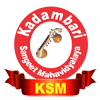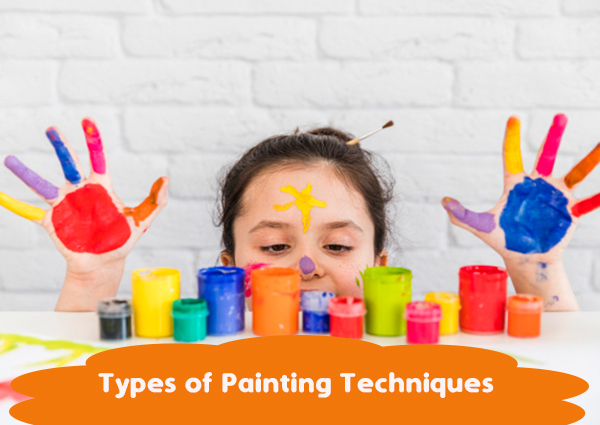Types of Painting Techniques
The following article will discuss an important topic that is “Types of Painting Techniques” and we will talk about it in more details within the article:For sure you’ve learned how to draw a range of subjects, assembled all the necessary and vital tools, set up your own workspace and are ready to start your artistic journey in paint. But before you do, it’s worth knowing some basic painting techniques that will help you along the way.
Having some knowledge of tone, texture, color, brushwork as well as composition will help you create your own masterpieces with confidence. Here are some essential and popular painting techniques that will have you painting like a pro in absolutely no time.
1. UnderPainting
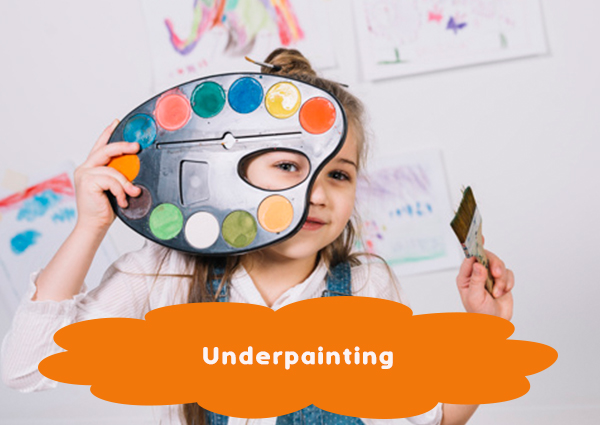
Create an underpainting in burnt umber or a mixture of burnt sienna and phthalo blues to establish shadows and values. Acrylics are probably the most effective medium to use at this stage as they are quick-drying and permanent.
Work paint up from thin to thick, particularly when using slow-drying paints. It’s actually impossible to work on top of paint that is heavy and wet. Similarly, work up to highlights, adding the brightest (and generally heavier) paint at the end. Have a roll of kitchen towel so that you can clean the brushes to hand to as well as remove any excess paint.
2. Blocking In
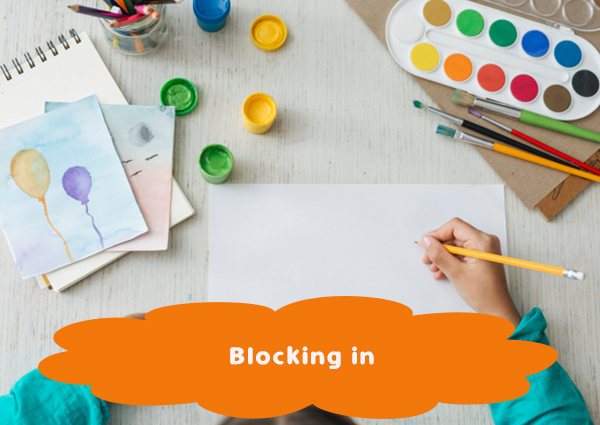
Brushes come in a number of shapes and with different fiber types, all of which give very different results. Try all of them as you paint that is the key. The most versatile is a synthetic/sable mix – these brushes can be used with most of the different paint types. Brushes come in flat as well as round types and it pays to have a selection of both types of brushes.
3. Building up Texture
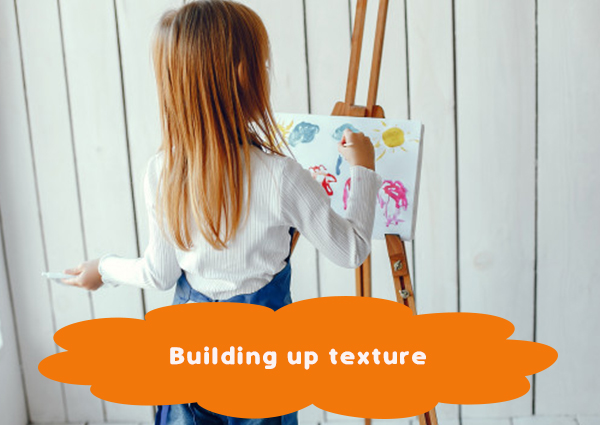
Have a dry, flat brush that you simply use to blend your paint and create smooth transitions. Almost anything may be used to add texture to your paint. There are ready-made texture media available, however, you may have seen items such as eggshell and sand used to add interest to a painting. One tip is to use an old toothbrush to spatter your image with paint. This can be remarkably effective or productive at suggesting noise as well as grain.
4. Dry Brushing

This is a method of applying color that only partially covers a previously dried layer of paint. Add little paint to your brush and apply it with very quick, directional strokes. This technique tends to work best when applying light paint over dark areas/dried paint and is helpful for depicting rock and grass textures.
5. Sgraffito
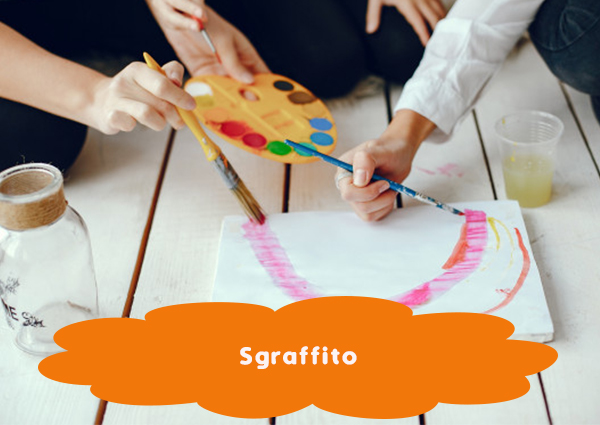
Removing paint can be as vital as applying it. Sgraffito is that the term used when you scratch away paint while it’s wet to reveal the underpainting. It’s particularly useful when depicting scratches, grasses, hair and the like.
You can use almost any pointed object for this technique– try using a rubber shaping tools or the end of a brush.
6. Glazing

Glazing is the process of laying a coat of transparent paint over a dry part of the painting, and it’s used for intensifying shadows and modulating color. A light transparent blue over dry yellow will, without doubt, create green.
7. Painting with Mediums
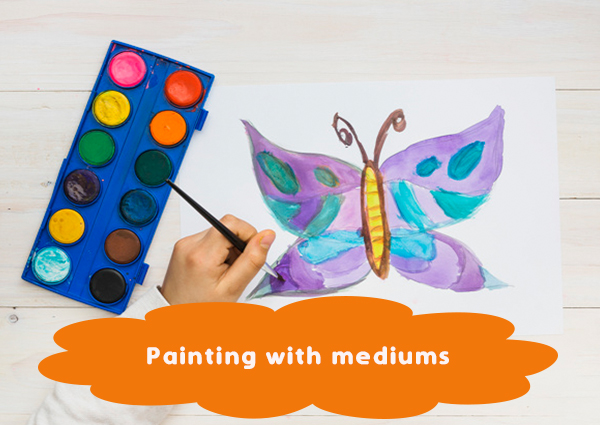
Mediums are nothing but fluids that can be added to paint to modulate its consistency, drying time as well as texture. When you consider acrylic paints, you get completely different mediums that make the paint matte or gloss. However, you can use the matte medium mainly to seal your paper or board, so the paint doesn’t soak into it. Regarding this dance academy in indirapuram are doing their work so well.
